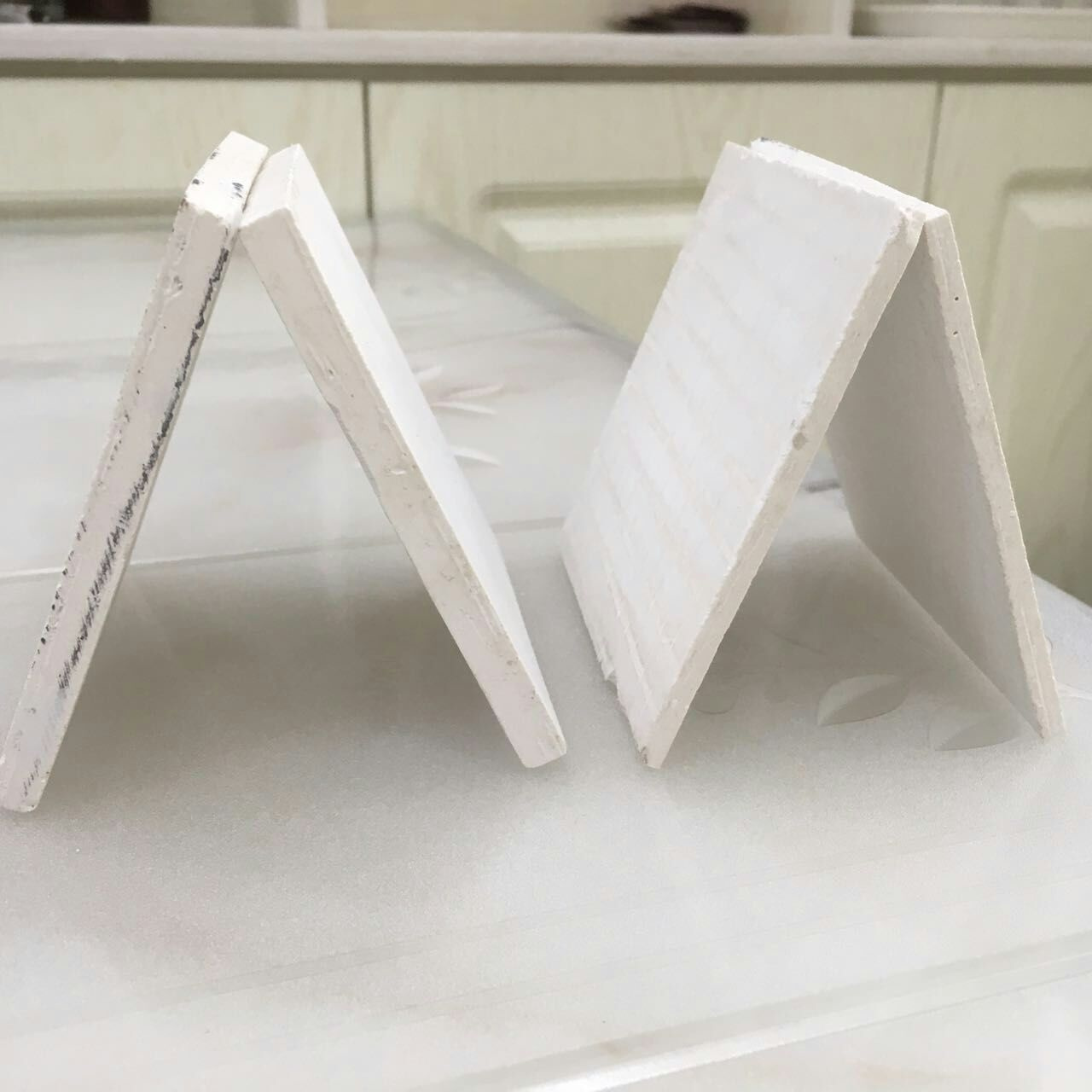MgO panels are highly favored in the construction industry due to their excellent performance. However, certain issues during production can lead to cracking in the panels during use.
Causes of Cracking Due to Production Defects
1. Poor Quality of Raw Materials:
Low-Purity Magnesium Oxide: Using low-purity magnesium oxide affects the overall quality of the panels, making them more prone to cracking during use.
Inferior Additives: Adding substandard additives (such as low-quality fibers or fillers) can reduce the toughness and strength of MgO panels, increasing the risk of cracking.
2. Unstable Production Process:
Inaccurate Mixing Ratios: If the ratio of magnesium oxide to other additives is not precise during production, the panel structure can become unstable and more likely to crack during use.
Uneven Mixing: Uneven mixing of materials during production can create weak points within the panel, making them susceptible to cracking under external forces.
Insufficient Curing: MgO panels need to be properly cured during production. If the curing time is insufficient or temperature control is poor, the panels may lack the necessary strength and be prone to cracking during use.
3. Aging of Production Equipment:
Insufficient Precision of Equipment: Aging or low-precision production equipment may fail to ensure uniform distribution of materials and stable production processes, leading to inconsistent quality in the produced MgO panels.
Poor Equipment Maintenance: Lack of regular maintenance can cause equipment malfunctions, affecting the stability of the production process and product quality.
4. Inadequate Quality Inspection:
Lack of Comprehensive Testing: If comprehensive quality inspections are not conducted during production, internal defects may be overlooked, allowing substandard panels to enter the market.
Low Testing Standards: Low testing standards or outdated testing equipment may fail to detect minor issues within the panels, leading to potential defects that cause cracking during use.
Solutions
1. Improve Raw Material Quality:
Choose High-Purity Magnesium Oxide: Ensure the use of high-purity magnesium oxide as the main raw material to enhance the overall quality of the panels.
Use Quality Additives: Select high-quality fibers and fillers that meet standards to enhance the toughness and strength of the panels.
2. Optimize Production Processes:
Accurate Mixing Ratios: Strictly control the ratio of magnesium oxide to additives to ensure uniform distribution and stability of materials during production.
Even Mixing: Use efficient mixing equipment to ensure materials are evenly mixed, reducing the formation of internal weak points.
Proper Curing: Ensure MgO panels are properly cured under suitable temperature and time conditions to enhance their strength and stability.
3. Update and Maintain Production Equipment:
Introduce Advanced Equipment: Replace aging production equipment with advanced machinery to improve production precision and stability, ensuring product quality.
Regular Maintenance: Develop and implement a maintenance plan to regularly check and maintain production equipment, preventing malfunctions that could affect production stability.
4. Enhance Quality Inspection:
Comprehensive Testing: Conduct thorough quality inspections during production to ensure each MgO panel meets quality standards.
Raise Testing Standards: Adopt high-standard quality inspection processes and equipment to detect and address potential defects within the panels promptly.
By improving production processes and enhancing quality control, the incidence of cracking in MgO panels due to production defects can be significantly reduced, ensuring the stability and longevity of the product.


Post time: Jun-21-2024

